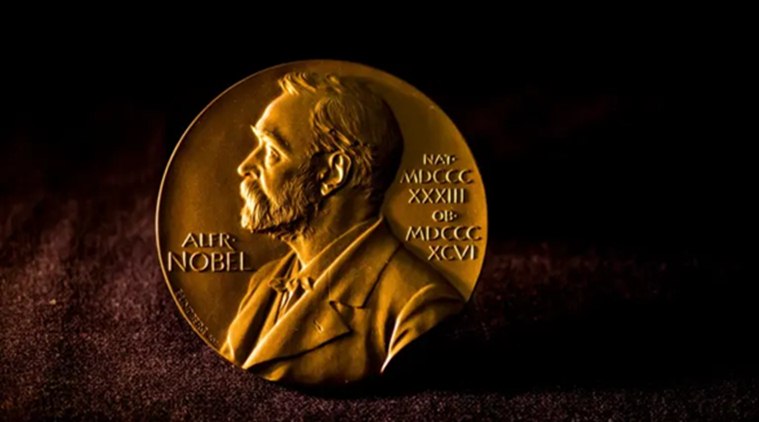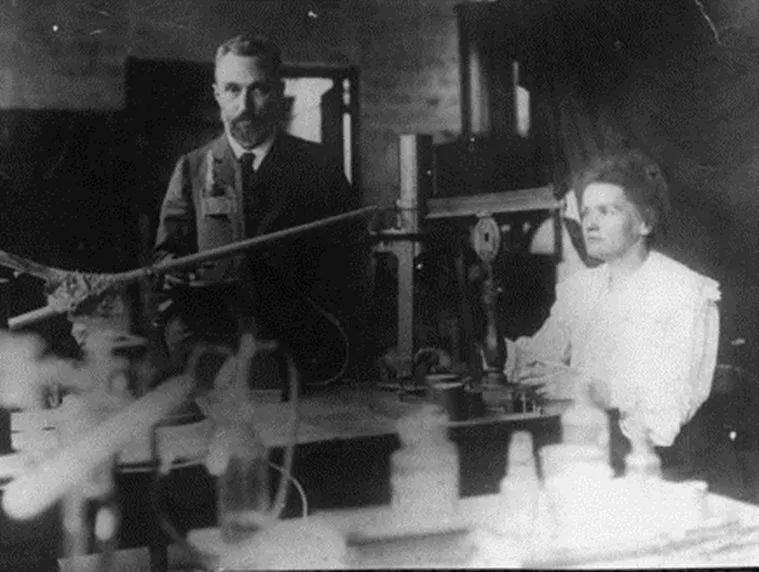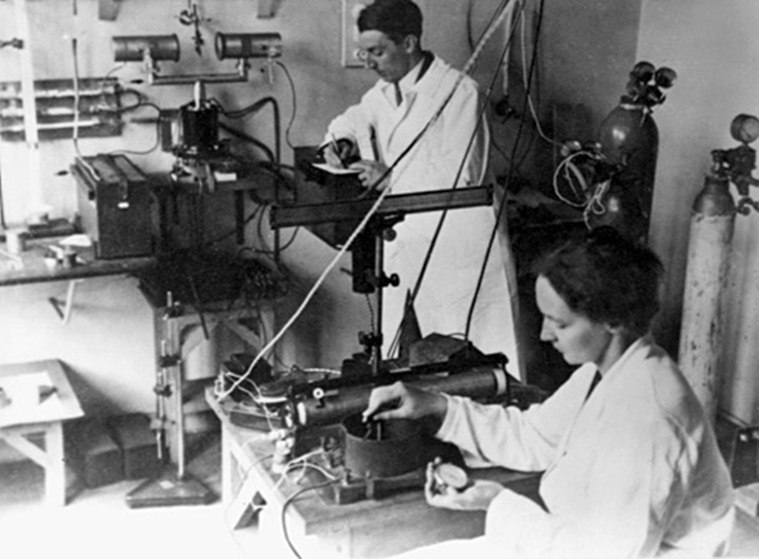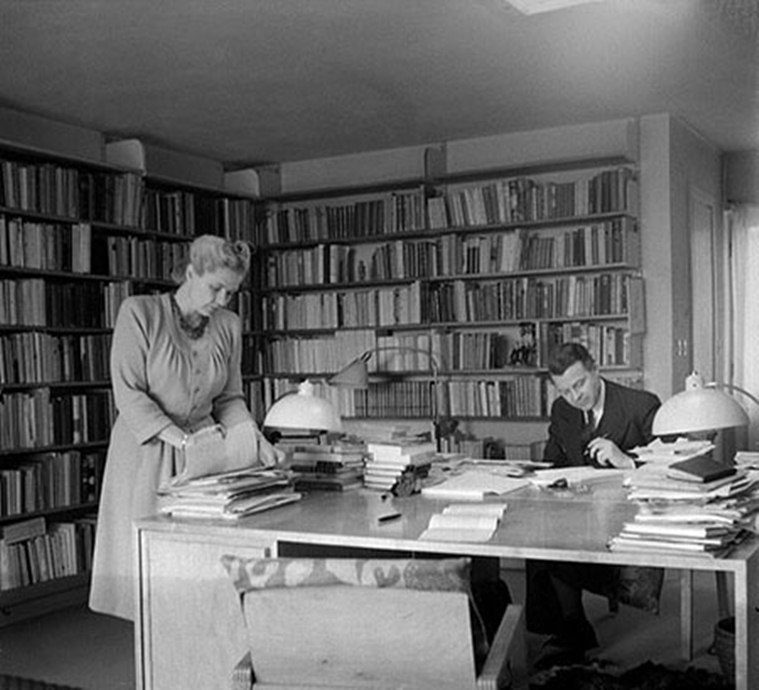- India
- International
Five couples who won Nobel Prize before Abhijit Banerjee and Esther Duflo
Since the inception of the Nobel Prize in 1895, six couples have won the award in different fields including economics.
 In all six couples have won the Nobel Prize since its inception in 1895. (Source: Nobel Prize)
In all six couples have won the Nobel Prize since its inception in 1895. (Source: Nobel Prize)
The Nobel Committee on Monday named Michael Kremer and American couple Abhijit Banerjee and Esther Duflo as winners of 2019 Nobel Prize in Economics “for their experimental approach to alleviating global poverty.” This makes Banerjee and Duflo the sixth couple to win the prestigious award.
Since the inception of the Nobel Prize in 1895, six couples have won the award in different fields including economics.
Gerty and Carl Cori: Nobel Prize in Medicine, 1947
The first couple to win the award were Gerty and Carl Cori, who graduated medical school together, married, and emigrated from Vienna to Buffalo in America. They collaborated in most of their research work on how hormones and enzymes cooperate. In 1947, after 30 years of teamwork, they were awarded the Medicine Prize for their research on glycogen and glucose metabolism.
 Gerty and Carl Cori in their laboratory at the Washington University School of Medicine in St. Louis, Missouri, 1947. (Source: Nobel Prize)
Gerty and Carl Cori in their laboratory at the Washington University School of Medicine in St. Louis, Missouri, 1947. (Source: Nobel Prize)
In his Nobel acceptance speech, Carl Cori said, “That the award should have included my wife as well has been a source of deep satisfaction to me. Our collaboration began 30 years ago when we were still medical students at the University of Prague and has continued ever since. Our efforts have been largely complementary, and one without the other would not have gone as far as in combination.”
Marie and Pierre Curie: Nobel Prize in Physics, 1903 and in Chemistry, 1911
In 1903, Marie and Pierre Curie shared half of the Nobel Prize in Physics. This was the first Nobel for Marie, who won her second award eight years later. The first citation was, “in recognition of the extraordinary services they have rendered by their joint researches on the radiation phenomena discovered by Professor Henri Becquerel.” Henri Becquerel was awarded the other half for his discovery of spontaneous radioactivity.

 Pierre and Marie Curie in the “hangar” at l’Ecole de physique et chimie industrielles in Paris, France, where they made their discovery. (Source: Nobel Prize)
Pierre and Marie Curie in the “hangar” at l’Ecole de physique et chimie industrielles in Paris, France, where they made their discovery. (Source: Nobel Prize)
In 1911 she was awarded the Nobel Prize in Chemistry. The citation by the Nobel Committee read, “in recognition of her services to the advancement of chemistry by the discovery of the elements radium and polonium, by the isolation of radium and the study of the nature and compounds of this remarkable element.”
Irène Curie and Frédéric Joliot: Nobel Prize in Chemistry, 1935
 Frédéric Joliot and Irène Joliot-Curie in their physics laboratory at the Radium Institute in France, 1934. (Source: Nobel Prize)
Frédéric Joliot and Irène Joliot-Curie in their physics laboratory at the Radium Institute in France, 1934. (Source: Nobel Prize)
Irène was the eldest daughter of Marie and Pierre Curie, who started working at their Radium Institute. According to the Royal Swedish Academy of Sciences, in 1924, Frédéric Joliot came to work at the Radium institute as Marie Curie’s assistant. It was Irène who taught him the techniques around the research on radioactivity. They got married in 1926. The couple researched the projection of nuclei, which was an essential step in the discovery of the neutron and the positron. Their greatest discovery was artificial radioactivity, for which they were jointly awarded the Chemistry Prize in 1935.
Alva and Gunnar Myrdals: Prize in Economics to Gunnar and Peace Prize to Alva
The Myrdals, Alva and Gunnar, were leading social scientists of the 1930s, deeply interested in family politics and welfare issues. They are so far the only wife/husband team to acquire two awards in different disciplines. Gunnar was jointly awarded the 1974 Prize in Economic Sciences for research on the interrelations between economic, social and political processes, while Alva was awarded the Nobel Peace Prize in 1982 for her work countering nuclear proliferation.
 Alva and Gunnar Myrdal in their home in Bromma, Sweden. The photo was taken in March 1945. (Source: Nobel Prize)
Alva and Gunnar Myrdal in their home in Bromma, Sweden. The photo was taken in March 1945. (Source: Nobel Prize)
May-Britt and Edvard Moser: Nobel Prize in Medicine, 2014
The couple was awarded the 2014 Nobel Prize in Medicine “for their discoveries of cells that constitute a positioning system in the brain.” In 2005, May-Britt Moser and Edvard I. Moser discovered a type of cell that is important for determining position close to the hippocampus, an area located in the centre of the brain. They found that when a rat passed certain points arranged in a hexagonal grid in space, nerve cells that form a kind of coordinate system for navigation were activated. They then went on to demonstrate how these different cell types cooperate.
(With Inputs from Royal Swedish Academy for Sciences)
May 02: Latest News
- 01
- 02
- 03
- 04
- 05





























